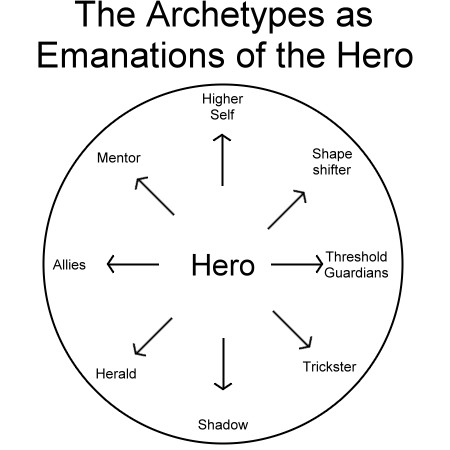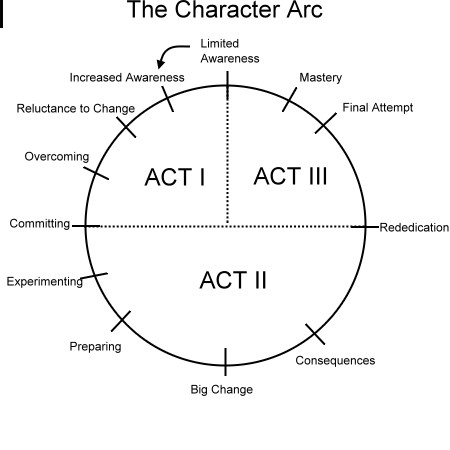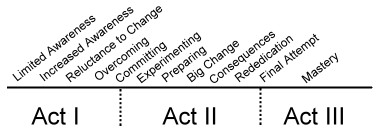- �
OBJECTIVES: Every character must have a scene objective and a super-objective. A scene objective is what the character wants, well, in any given scene. It might be as simple as �I want to kill this superhero in front of me,� or as complex as �I want to impress my superiority upon my worthy opponent here so that he will consider mating with my daughter and ruling my evil empire in my stead when I am gone.� Your scene objective right now might be �I want to pick up some tips on how to become a comic book writer.� Super-objectives, on the other hand, impose a degree
of depth (or lack thereof) on the character.� They can be defined
as a character�s overwhelming guiding wish (whether conscious or not) �
what the character most wants, essentially, out of life. For your average
villain, you could go with the Super-Objective being �I want to rule the
world,� but that isn�t half as interesting as �I want to be so powerful
that no one will ever threaten me nor make me feel vulnerable again.� Obviously,
there�s backstory to that second objective. Using �ruling the wold� as
an action on the� way to the Super-Objective (instead of an actual
objective) opens up three-dimensional aspects of your character that can
be used to engage readers and maybe even elicit sympathy for, or at least
interest in, your antagonist.����
Your Super-Objective might be: �I want to be a famous comics writer so that my mom will stop making fun of my collection and finally recognize, love, and accept me as the unique super-genius I am.��
If a writer is uncommitted and/or unclear about a character�s super-objective, the through line of action for that character � that is, literally, what the character does scene to scene � will read as unfocused and even �out of character.�����  From: Vogler, Christopher. The Writer�s Journey; Mythic Structure for Storytellers and Screenwriters.� Michael Wiese Productions: California, 1992
� 
Your hero will undoubtedly encounter archetypes during his or her adventures (and indeed, some characters � like Batman, for example --� are very closely linked to archetypes themselves), but you can add layers of depth to a character by letting them integrate aspects of some of the more common archetypes into their own psyche.�� Additional Recommended Reading: Eisner, Will. Comics & Sequential Art. Poorhouse Press: Florida, 1985. McCloud, Scott. Understanding Comics; the Invisible Art. Kitchen Sink Press: Massachusetts, 1993. Salisbury, Mark. Writers on Comics Scriptwriting. Titan Books: London, 1999 � |


